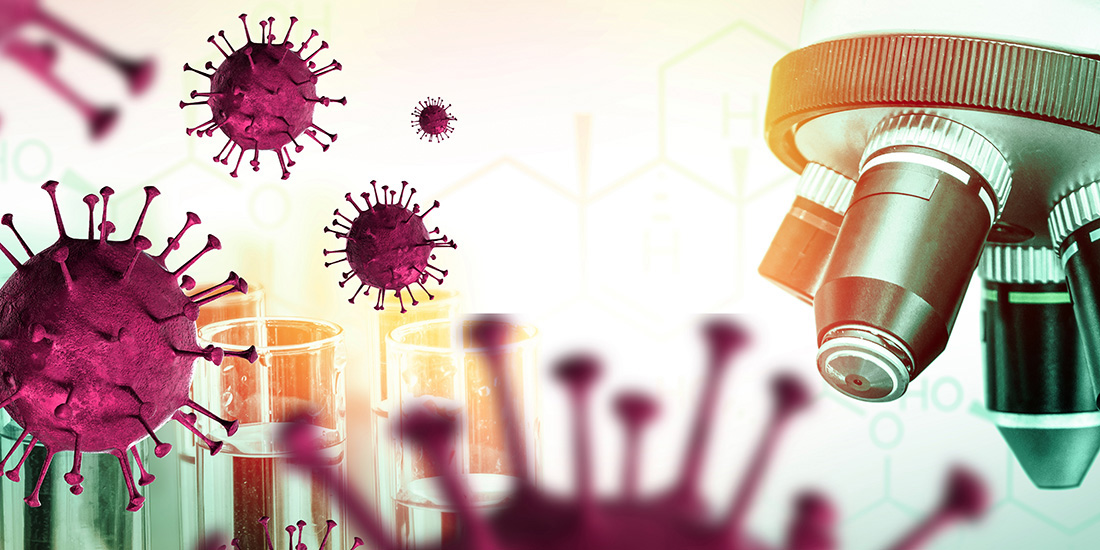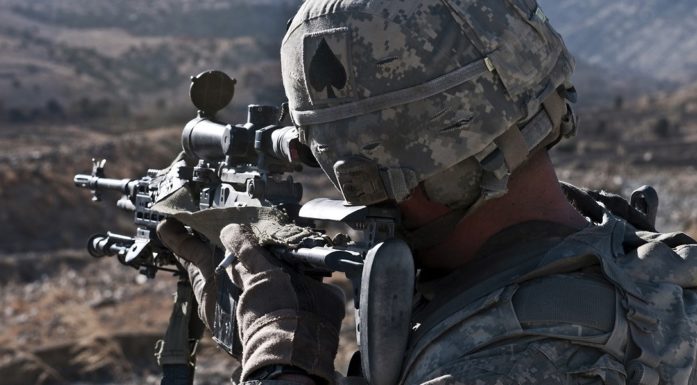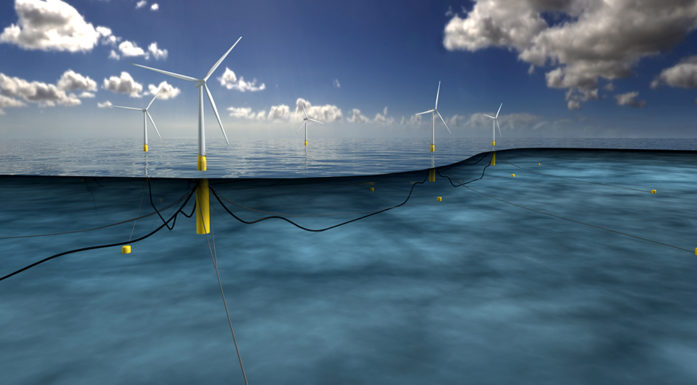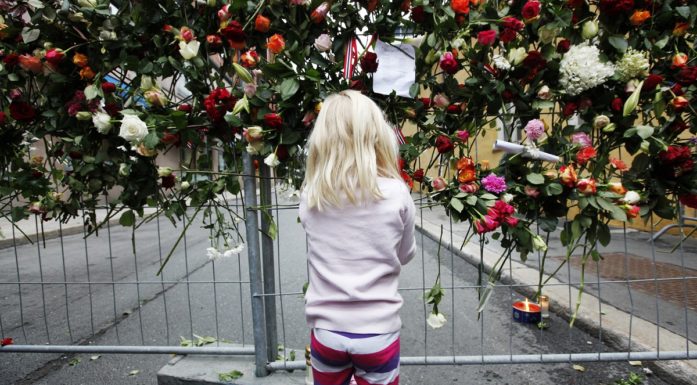Researchers find commonalities in all crises
In the aftermath of a crisis, it is always easy to see how the crisis could have been better handled, and then we put new measures into place. But do these measures set us up to solve the next crisis – the one we don’t yet know about?
The coronavirus crisis has made civil protection a highly relevant area of research.
Major crises often trigger this kind of response. The last such wave peaked following the July 22, 2011 terror attacks in Oslo and Utøya. Increased interest in emergency preparedness and civil protection is completely natural but not necessarily helpful for achieving the desired security.
The actual key to success is regular, ongoing groundwork that can help connect resources when a crisis arises. This approach requires establishing cross-sector collaboration, open communication and effective information flow.
Interdisciplinary efforts often a critical piece
Although no one can predict the next crisis, researchers at NTNU Social Research find that whatever the crisis turns out to be will most likely be best solved through interdisciplinary efforts. Research shows that this is a common feature of all major crises and often a critical piece in achieving a successful outcome.
“Collaboration and coordinated effort are important, and we need to invest in cultivating our collaborative ability ‘in peacetime’.”
Both the July 22 terror attacks and swine flu (H1N1) are examples of how the handling of these crises suffered from a lack of clear roles and responsibilities between agencies.
- You might also like: Preparing ourselves for extreme events

“Cooperation and coordinated efforts are important. They can prevent crises from becoming larger than they need to be as a result of mismanagement,” says Stian Antonsen at NTNU Social Research.
“Regular meeting points and formalized processes for interacting are always useful measures. Talking together can contribute to a common understanding and better insight into topics that extend across sectoral boundaries. We should make sure that agencies with different points of view build relationships, because over time that can contribute to better cooperation when crises occur,” says Marie Nilsen. She is supported by her colleague at NTNU Social Research, senior researcher Stian Antonsen.
“Collaboration and coordinated effort are important, and we need to invest in cultivating our collaborative ability ‘in peacetime’. This prevents crises from becoming larger than they need to be as a result of mismanagement,” he says.
Management phase dominates when we evaluate
All preparedness and safety work can be broken down into five phases.
Phase one involves risk assessment, phase two is about preventing crises, and phase three involves management planning. All these steps have to occur before a crisis hits.
Once the crisis occurs, the fourth phase kicks in, where we have to manage the situation by mobilizing resources, informing citizens and mitigating injury.
Finally, phase five entails normalizing the situation. Remedying damage, communicating information and transitioning to normal operations become the important tasks. This phase is also the time to evaluate, learn and report out.
“When we look back on a crisis situation, we tend to focus on the management phase, and we forget to examine the underlying causes and contingency planning. This can lead to introducing measures that don’t actually make the system more robust, but only change the way we would solve the just-completed crisis if we had to do it over again,” says Nilsen.
COVID-19 expands our powers of imagination
Modern Norwegian society has a relatively short list of major crises upon which to draw.
Nilsen, who is currently a PhD candidate in NTNU’s Department of Industrial Economics and Technology, previously reviewed evaluation reports following several international and Norwegian crisis events: the 2004 tsunami, the swine flu in 2009, the ash cloud in 2010 and the July 22 terror attacks in 2011, as well as the extreme weather cyclone Dagmar, May 2011 inland flooding, and the fire in the historic village of Lærdal in 2014.
“The pandemic could change our view of the individual’s responsibility for society’s preparedness.”
“Following crises or adverse events, we reflect on what’s gone well, what could have been done better and what parts of the system failed. Some events also help expand our powers of imagination in terms of worst-case scenarios. The 2011 Norway attacks definitely did,” says Nilsen.
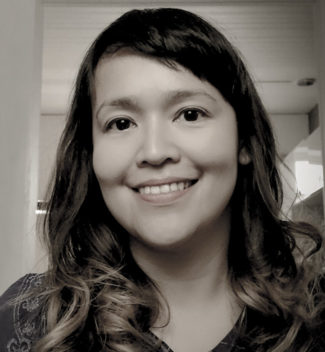
“We should ensure that agencies with different points of view build relationships, because over time, that can contribute to better cooperation when crises occur,” says Marie Nilsen in the Department of Industrial Economics and Technology, NTNU.
“COVID-19 seems to be doing the same,” she says. She believes that the pandemic could change our view of the individual’s responsibility for society’s preparedness.
In dealing with the current crisis, the importance of mobilizing ordinary community members, NGOs and public-private cooperation has been recognized.
“In previous crises, we’ve repeatedly seen that what these groups contribute in terms of their resources and local knowledge has reduced the consequences of adverse events,” says Nilsen, citing the fire in Lærdal as an example.
The invisible aspects of preparedness
“Creating good, inclusive communities is preventative civil protection work. These invisible aspects of our preparedness deserve to be made visible and recognized,” says Antonsen.
He points out that every year volunteers provide thousands of hours of work, along with equipment and resources and a willingness to contribute to the community.
“This time period – the quiet spell between crises – is the best time to tackle improvements that will really make a difference.”
“This volunteerism contributes to building viable and resilient communities and is an invaluable addition to the formal preparedness of emergency agencies and authorities,” Antonsen says. Our social capital and ability to take responsibility not only for ourselves, but also for each other needs to be safeguarded and further developed in the quiet periods between crises.
This time period – the quiet spell between crises – is the best time to tackle improvements that will really make a difference.
It isn’t only new equipment and changes in planning that will improve our overall preparedness, although these are visible, measurable and thus attractive measures for politicians and leaders who want to show that they are taking action.
Nilsen and Antonsen believe what is needed is to look at the basic regulatory framework for addressing security and preparedness. This would include the actual willingness to spend money on measures we hope we never need, and that “no one” sees.
This kind of preparation also involves evaluating not only individual crises, but looking at the totality of what we can learn from past events and determining the basic and transferable factors that we can become better at. And then we have to insert the relevant measures in those spots.
Three important areas
Nilsen points to three important areas of preparing for crises:
- To begin with, we need to deconstruct barriers where the pride in individual sectors stands in the way of efficient information flow and collaboration, and instead create bridging elements that counteract the tendency of sectors to only work towards their own goals. Silo thinking does not belong in emergency preparedness work.
- Second, we need to ensure a good balance between the preparedness for major crises, that fortunately rarely occur, and the preparedness for critical events that occur more often.
- Third, we need to avoid excessive focus on the previous crisis in the evaluation and action phase, so that new measures are seen in the context of existing measures and systems.
Antonsen believes that we should already be asking ourselves whether we have the necessary platform in place for a collective, cross-sectoral evaluation of the corona crisis.
“If we don’t,” he says, “it seems likely that everyone will go back to their sectoral evaluation towers after the corona crisis. That would be unwise, since we know that cross-sectoral thinking is essential for improving our ability to avoid and manage crises effectively.”
References:
Nilsen, Marie; Albrechtsen, Eirik; Nyheim, Ole Magnus. (2017) Changes in Norway’s societal safety and security measures following the 2011 Oslo terror attacks. Safety Science.
Almklov, Petter Grytten; Antonsen, Stian; Størkersen, Kristine Vedal; Roe, Emery. (2018) Safer societies. Safety Science. vol. 110 (Part C).
Albrechtsen, Eirik; Almklov, Petter Grytten; Antonsen, Stian; Nyheim, Ole Magnus; Nilsen, Marie; Bye, Rolf Johan; Johnsen, Stig Ole; Wasilkiewicz, Kinga; Aalberg, Asbjørn. (2017) Har samfunnssikkerheten blitt bedre etter 22.juli 2011? Populærvitenskapelig rapport fra forskningsprosjektet The next disaster
